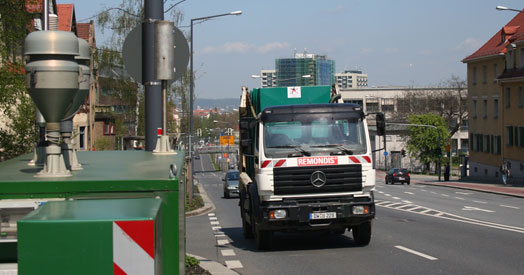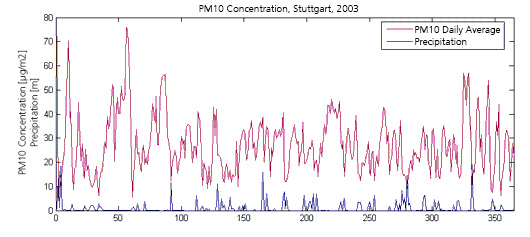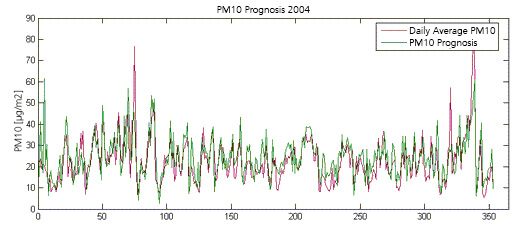Outset

Society's willingness to use our limited resources responsibly has grown significantly in the past years. In 2005, new maximum values for fine particles were set in the 22nd German Federal Emission Protection Directive (22. BImSchV). Since then, air quality has been an issue of special attention for the general public.
However, there are still some challenges which yet have to be mastered concerning air quality and emissions, such clearly identifying the proportions of natural and anthropogenic emissions, quantifying the efficacy of air quality control measures, and assessing the meteorological and location-specific propagation conditions of emissions.
At the moment, communities and municipalites are in a complicated position: on the one hand, they are bound by national law to comply with European air quality standards by implementing appropriate measures. On the other hand, they neither have any objective criteria nor sufficient knowledge to reliably evaluate emission levels and order appropriate air quality control measures in their respective field of authority.
The methods of PM10 data screening and PM10 emission prognosis developed at the Fraunhofer IVI aim to give support in this difficult matter.

